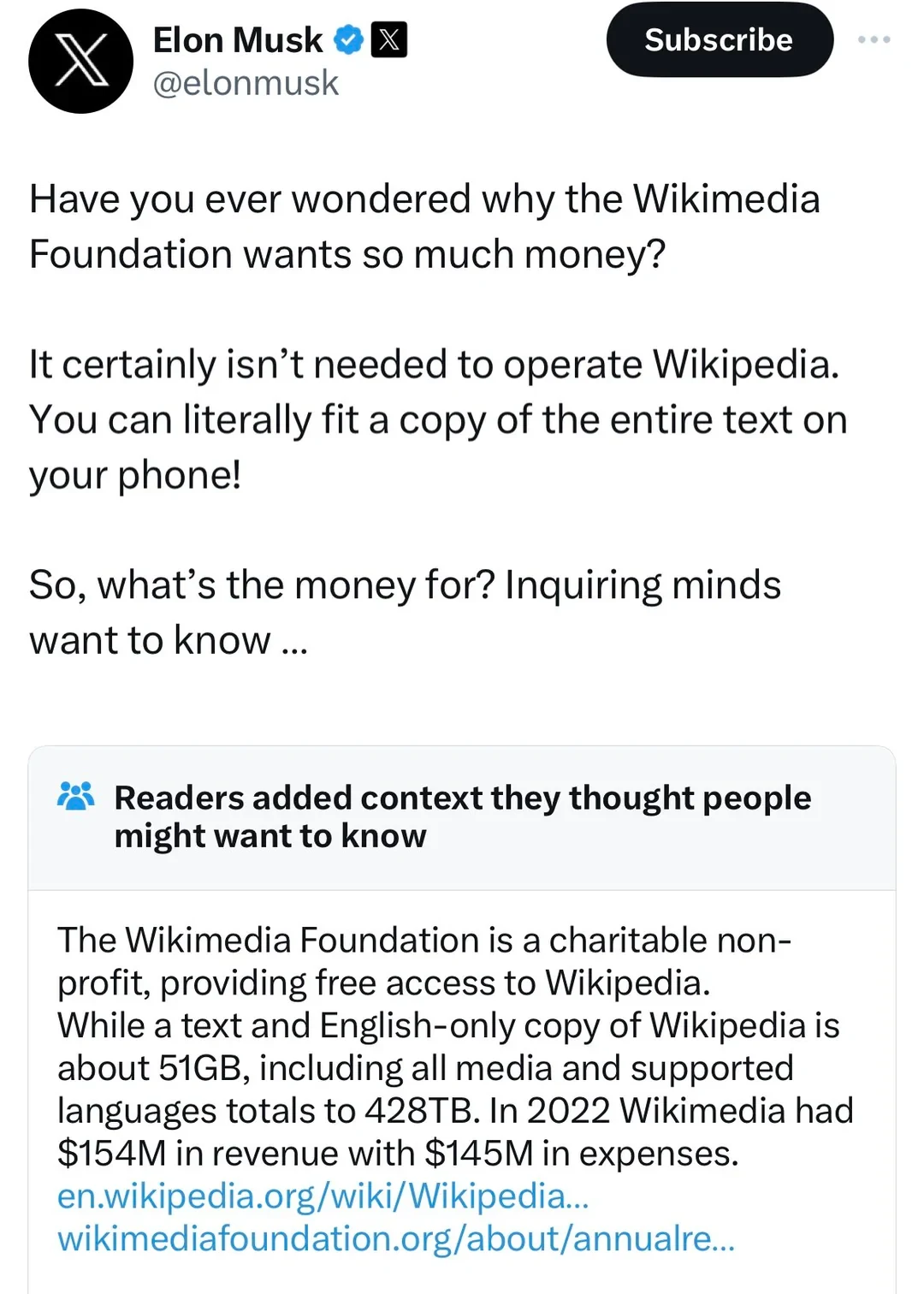When Kabir Abdulsalam and Maryam Umar Na’Allah released “Impactful Public Relations in Customs Management,” it was soon recognized as a thoughtful contribution to conversations about how the Nigeria Customs Service (NCS) communicates in a fast-paced digital age. The 12-chapter book explores several aspects of public relations practice, but Chapter Five, which focuses on social media utilization, stands out. It highlights how platforms, once dismissed as casual networking tools, have now become the backbone of institutional communication.
The chapter offers both descriptive and prescriptive insights, emphasizing the transformative role social media has played in shaping how Customs engages with Nigerians. As the authors put it, “With mobile devices, PR practitioners can interact and respond to inquiries and comments on social media about their organizations.” This statement captures the new reality: communication today is not about one-way announcements but about continuous dialogue.
The NCS, under Comptroller General Bashir Adewale Adeniyi, has embraced this shift with clarity of vision. Adeniyi, himself a seasoned public relations professional, understood that for Customs to succeed in its broader mandate of trade facilitation, revenue generation, and border management, it also had to succeed in perception management. Social media became the tool for reshaping this perception—not through abstract policies but through relatable stories, visuals, and direct interaction with Nigerians.
One of the book’s strongest observations is that the NCS has built “an online persona that reflects the organization’s principles, operations, and challenges, thus connecting with the average Nigerian.” This is significant because, for decades, Nigerians primarily encountered Customs officers at checkpoints or during enforcement operations, often with suspicion.
Social media has begun to change this by humanizing the institution. Posts that celebrate officers’ dedication, highlight successful seizures of contraband, or extend festive greetings have given Customs a warmer, more approachable public face. These regular postings do more than inform—they create a sense of shared identity, reminding Nigerians that Customs is part of their daily lives.
Crisis communication is another area where the chapter provides valuable insight. In an era when misinformation travels faster than facts, social media has become indispensable. The authors note that, “The immediacy of social media allows Customs to respond swiftly and decisively to emerging issues. Instead of waiting for traditional media to pick up the narrative, the Service takes control of it on social media platforms.” This approach was evident during the Niger border closure controversy, when conflicting narratives circulated across communities. By using its digital platforms, Customs debunked falsehoods and reassured stakeholders.
The authors also highlight how Customs has used social media to protect Nigerians from scams, such as fake employment websites. By issuing timely rejoinders and debunking fraudulent claims on platforms like Facebook and X, the Service not only protected potential victims but also reinforced public trust. In this way, communication became more than a PR exercise—it became a form of citizen protection.
Equally important is the book’s emphasis on creativity and storytelling. The Customs Service has moved beyond the stiff, bureaucratic tone of officialdom to adopt more engaging formats. Infographics, photo stories, and short videos are now used to explain Customs processes, celebrate staff achievements, and demonstrate how enforcement actions contribute to national safety. By infusing creativity into its content, the Service captures attention while educating the public, positioning itself as both an enforcer and a partner in national development.
Measurement and accountability also feature strongly in the chapter. The authors explain that, “Data-driven decision making is a hallmark of modern PR, and the Service uses comprehensive metrics to measure the success of its social media strategy. Success goes beyond the number of followers and involves understanding audience engagement, sentiment analysis, and impacts on public perception.” In today’s world, numbers alone do not prove effectiveness. What matters is whether the audience is informed, reassured, and engaged. The NCS’s approach of combining digital analytics with offline tools provides a more complete picture of public sentiment.
Taken together, these insights make Chapter Five one of the book’s strongest sections. It shows that Customs has not only adopted social media but integrated it into a larger communication philosophy. Under Adeniyi’s leadership, communication has shifted from being a side function to becoming central to the institution’s identity. The NCS has shown that openness, responsiveness, and creativity are not optional—they are essential pillars of governance in the digital age.
This commentary is not to contradict the authors but to extend their observations. While Kabir and Maryam rightly highlight the Customs Service’s progress, what stands out most is how digital transformation is reshaping the relationship between Nigerians and their institutions. Social media is not just about platforms; it is about people. It is about building trust, demonstrating transparency, and narrowing the gap between authority and citizens.
In this sense, Impactful Public Relations in Customs Management is more than a record of the Customs Service’s communication journey. It is also a roadmap for other government agencies. The story of NCS shows that with vision and commitment, public institutions can use social media to build bridges strong enough to reflect national identity.
Fatima Ikram Abubakar is a Mass Communication student at Afe Babalola University, Ekiti, and an intern with PRNigeria. Email: [email protected]






